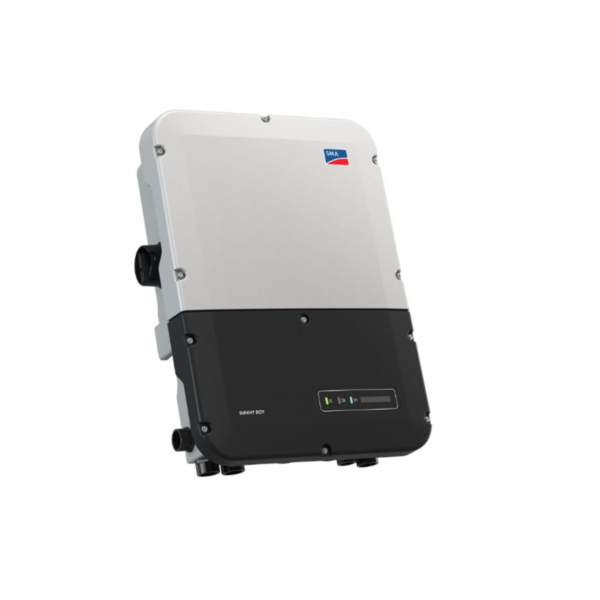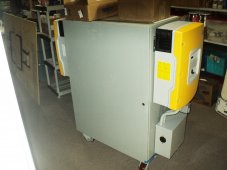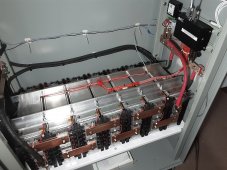I would stick with SMA.
I would avoid Sol-Ark = Chinese
Fronius does look like a better fit wattage wise as some of their inverters can push a lot of power.. Renvu has SMA SunnyBoy 7.7's on sale for 18 cents a watt while the price I was seeing for the Fronius is up around 28 cents. That's a big increase. Might be beneficial to have multiple inverters that would provide redundancy..
Not sure about Fronius, but the SMA's have an off-grid feature that provides 120 volts at 2000 watts to a special circuit.
I was surprised to find that the big Fronius inverter has a narrow MPP voltage range of 320 to 480. That's pretty tight and could limit your design considerations. SMA has a huge MPP voltage range from 100 to 550 volts allowing far more flexibility.
The Fronius has only two MPPT inputs where the SMA SunnyBoy has 3, and they can operate at a higher voltage.
You want to kind of make sure you match your panels to the MPPT input specs..
Where are you finding 450 watt Hyundai panels? I can't find a listing for them anywhere. That said, the Fronius inverter has only 2 MPPT inputs for up to 30 amps each.. with most 400+ watt panels pushing 10 amps, that means you'll need to parallel panels, which will also require you to install combiner boxes, breakers, etc.. all adding extra complexity and cost to the system.
All my equipment is SMA, both the grid tie and the off grid.. It runs flawlessly and reliably... I can't speak about Fronius other than the tech specs I'm reading, but I'm really glad I went with SMA..
View attachment 65016







